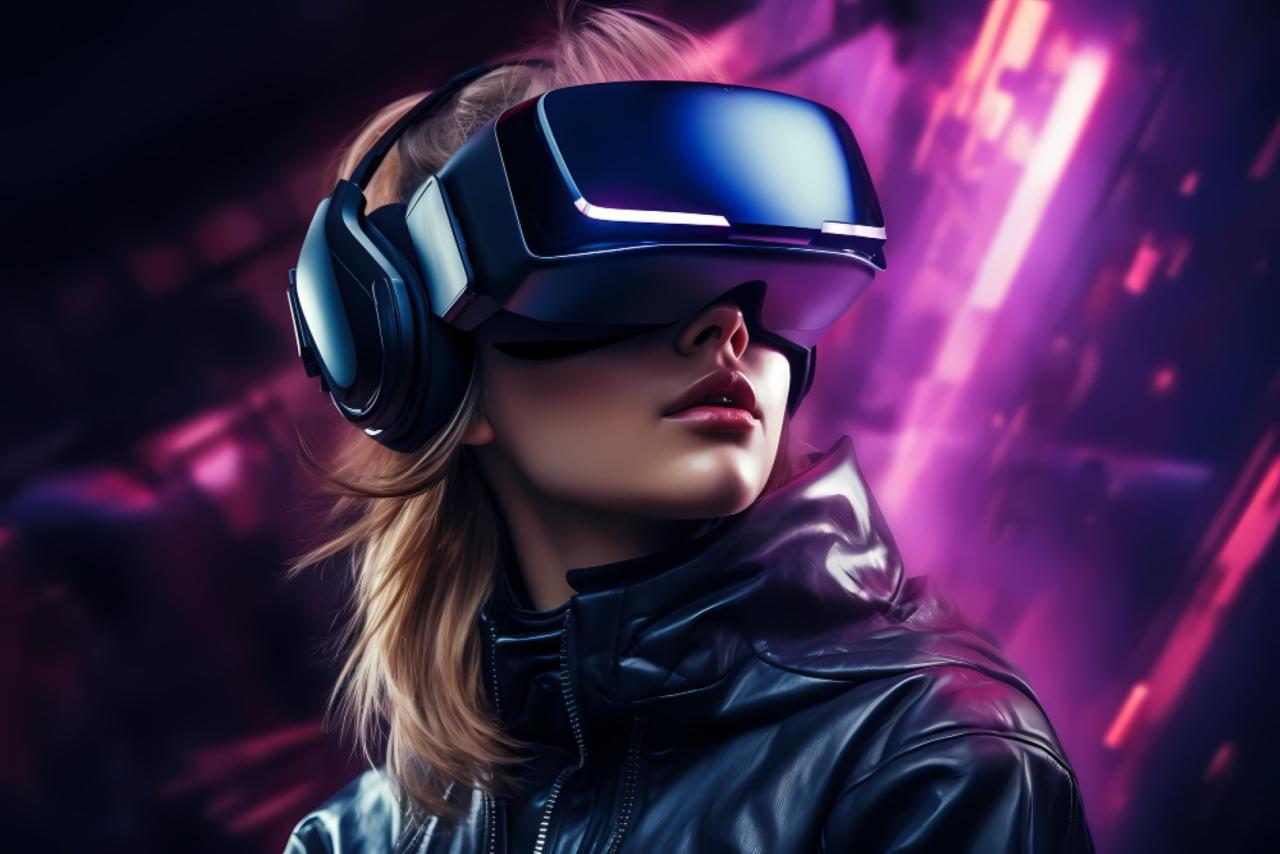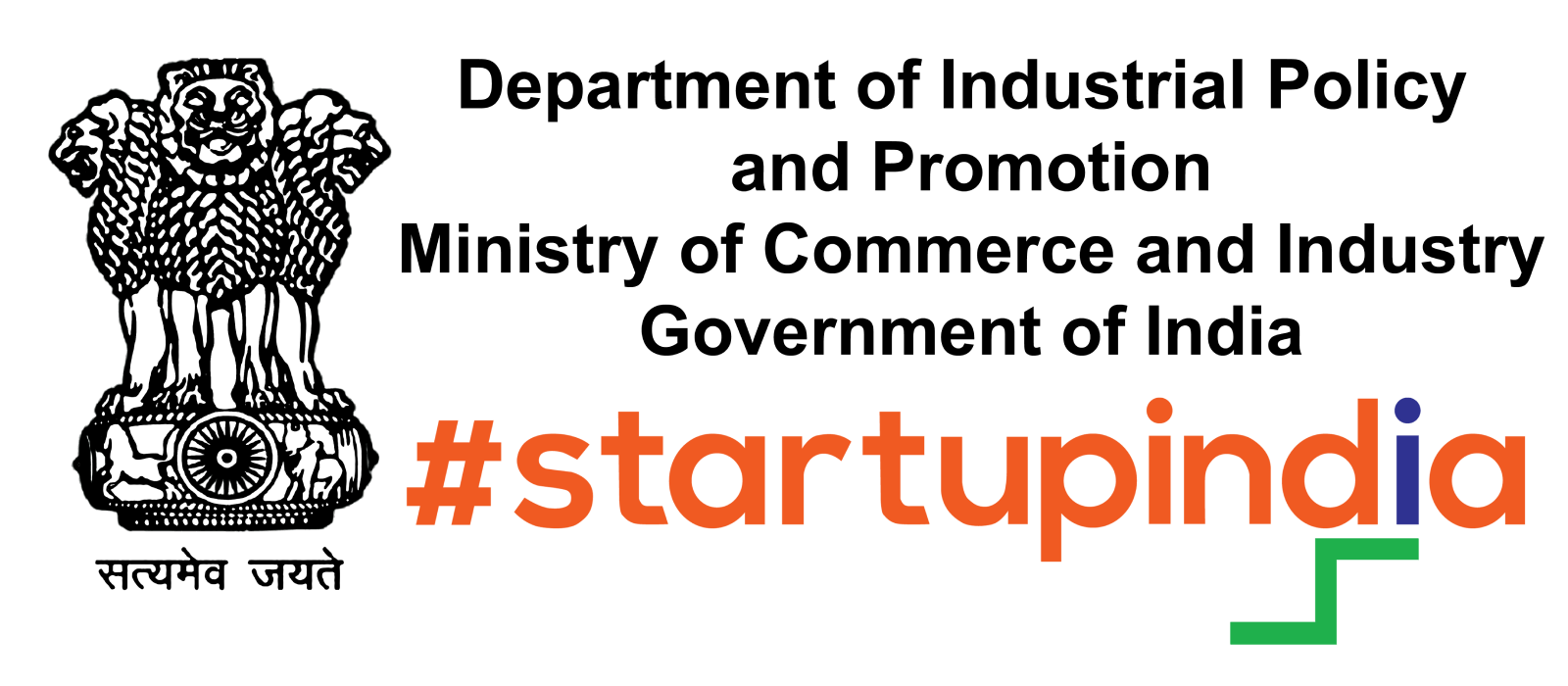In the ever-evolving landscape of the internet, the term Web3 has emerged as a beacon of change, promising a decentralized, user-centric, and more interconnected digital future. This comprehensive exploration into the Progress of Web3 aims to unravel its complexities, trace its evolution, and shed light on the groundbreaking technologies and paradigms shaping the next phase of the internet.
Understanding the Web3 Paradigm Shift
1. Evolution from Web1 to Web2 to Web3:
-
Trace the evolutionary journey of the internet from its static origins (Web1) to the interactive and social phase (Web2) and the current decentralized era (Web3).
-
Explore the motivations and key characteristics that define each stage, leading to the emergence of Web3.
2. The Pillars of Web3: Decentralization, Interoperability, and User Control:
-
Delve into the fundamental principles that underpin Web3, including decentralization of data and control, interoperability between platforms, and empowering users with greater control over their digital experiences.
-
Understand how these pillars contribute to a more inclusive, transparent, and user-centric internet.
Key Technologies Driving Web3 Progress
1. Blockchain Technology: The Foundation of Web3:
-
Unpack the role of blockchain technology as the backbone of Web3, enabling secure, transparent, and tamper-resistant transactions and data storage.
-
Explore different consensus mechanisms, from proof-of-work to proof-of-stake, and their impact on the scalability and sustainability of Web3.
2. Smart Contracts: Automating Trust and Transactions:
-
Demystify the concept of smart contracts and their role in automating trustless transactions and agreements within the Web3 ecosystem.
-
Explore real-world use cases, from decentralized finance (DeFi) to non-fungible tokens (NFTs), that showcase the versatility of smart contracts.
3. Decentralized Identity (DID): Empowering Users with Control:
-
Examine the concept of Decentralized Identity (DID) and its significance in giving users ownership and control over their digital identities.
-
Discuss the potential impact of DIDs on privacy, security, and the elimination of centralized identity providers.
Applications and Use Cases in the Web3 Era
1. Decentralized Finance (DeFi): Redefining the Financial Landscape:
-
Navigate the world of decentralized finance, where blockchain and smart contracts enable trustless and borderless financial services.
-
Explore lending, borrowing, yield farming, and other DeFi applications that challenge traditional financial systems.
2. NFTs and Digital Ownership: Tokenizing the Creative Economy:
-
Dive into the realm of Non-Fungible Tokens (NFTs), exploring how they revolutionize digital ownership in the art, gaming, and entertainment industries.
-
Analyze the impact of NFTs on creators, collectors, and the broader concept of intellectual property.
3. Web3 Gaming: Bridging Virtual and Physical Realities:
-
Explore the fusion of blockchain and gaming in the Web3 era, where players can truly own in-game assets and experiences.
-
Discuss the concept of play-to-earn and the potential for decentralized virtual worlds.
Challenges and Considerations in the Web3 Landscape
1. Scalability and Performance: Overcoming Technical Hurdles:
-
Address the scalability challenges associated with blockchain networks and the ongoing efforts to enhance transaction throughput.
-
Explore layer 2 solutions and other innovations designed to improve the overall performance of Web3 platforms.
2. Regulatory Landscape: Navigating Legal and Compliance Issues:
-
Examine the evolving regulatory landscape surrounding Web3 technologies, including privacy, security, and compliance concerns.
-
Discuss the need for industry collaboration and proactive engagement with regulatory bodies.
Web3 and the Future of the Internet
1. The Democratization of Content Creation: Web3 and Social Media:
-
Analyze how Web3 technologies can disrupt traditional social media platforms, enabling content creators to directly interact with their audiences.
-
Explore decentralized alternatives to centralized social media networks.
2. Internet of Value: Beyond Information to True Digital Assets:
-
Envision a future where the internet not only transmits information but also facilitates the seamless exchange of value in the form of digital assets.
-
Discuss the potential for new economic models and the redistribution of value in the Web3 era.
Community, Collaboration, and the Path Ahead
1. Open Source Culture: Collaboration in the Web3 Ecosystem:
-
Celebrate the spirit of collaboration and open-source development that defines the Web3 ecosystem.
-
Explore how decentralized communities contribute to the innovation and evolution of Web3 technologies.
2. The Path Ahead: Towards a More Inclusive and Decentralized Internet:
-
Contemplate the future trajectory of Web3 and its potential to create a more inclusive, equitable, and decentralized Internet.
-
Discuss the challenges that lie ahead and the role of developers, businesses, and users in shaping the path forward.
Conclusion: Web3 as a Catalyst for Digital Transformation
As we navigate the intricate progress of Web3, it becomes evident that we stand at the cusp of a digital revolution where the internet transforms from a centralized information highway to a decentralized network of value and trust. The progress of Web3 signifies not just technological advancement but a paradigm shift in how we conceive, interact, and transact in the digital realm. It invites us to reimagine the internet as a more democratic, user-centric, and inclusive space. As we embrace the ethos of decentralization, interoperability, and user control, the progress of Web3 unfolds as a powerful catalyst for digital transformation, promising a future where the internet serves as a true force for positive change. The journey into the Web3 era has just begun, and the possibilities are as vast and dynamic as the decentralized landscape it envisions. Welcome to the future of the Internet!




